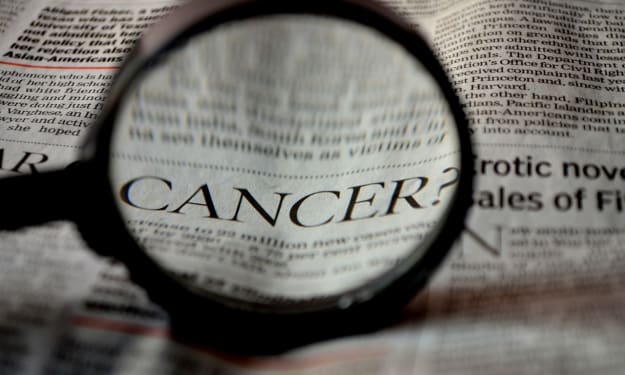Diagnosing and Differentiating Epididymitis: How Can It Impact Sexual Function
How Can Epididymitis Impact Sexual Function?

Epididymitis stands as one of the most prevalent male afflictions, yet its symptoms are often overlooked, leading to missed opportunities for optimal treatment. Compounded by its initial lack of apparent pain or other discernible symptoms, the early identification of this condition proves challenging. Hence, understanding its telltale signs becomes paramount in detecting the disease promptly.
Epididymitis manifests in various forms. Tuberculous epididymitis, for instance, may initially present with mild discomfort. However, a clinical examination may reveal distinct characteristics such as clear demarcation between the abdomen and testicles, beaded semen appearance, and uneven prostate heights. Additionally, bacterial culture tests can detect the presence of tuberculosis bacillus.
Conversely, testicular tumors may coexist with epididymitis, often manifesting as painless lumps. As the tumor progresses, acute bleeding may occur. These tumors can be distinguished from normal testicles by increased wrinkling upon manual pressure, epididymal pain, and the presence of testicular masses. However, routine examinations such as prostate exams and urine analysis may yield normal results, necessitating prompt pathological examinations to determine the need for orchidectomy.
Epididymitis may also be mistaken for spermatic cord torsion, a condition prevalent in prepubescent children but rare in adults. Notably, pseudohypertension may feature in the early diagnosis of spermatic cord torsion. Distinguishing between these conditions involves considering the patient's age and assessing pain responses upon scrotal elevation.
Furthermore, epididymitis shares similarities with testicular torsion or its appendages. This condition, while common, rarely occurs in prepubescent boys. Trauma to the testicles can also lead to acute conditions. Misdiagnoses often occur among these conditions, emphasizing the importance of patients understanding their symptoms and seeking early treatment.
Symptoms of acute epididymitis typically include sudden pain and a sensation of heaviness on the affected side of the scrotum. Patients may experience pulling pain in the lower abdomen and groin area, which worsens with standing or walking. The affected epididymis appears swollen and exhibits significant tenderness.
In chronic epididymitis, some patients may not fully recover from the acute phase, leading to its chronic manifestation. However, many cases do not have a distinct acute phase. Chronic inflammation often follows chronic prostatitis or injury. Patients frequently experience lingering pain on the affected side of the scrotum, along with a sense of heaviness and discomfort extending to the lower abdomen and groin.
Occasionally, secondary hydrocele may develop. Upon examination, the epididymis may appear enlarged to varying degrees, feel harder, and exhibit mild tenderness. The vas deferens on the affected side may also be thickened.
Can epididymitis affect sexual function?
Epididymitis undoubtedly induces various inflammations and disrupts sperm production internally, posing detrimental effects on fertility. Moreover, the inflammation itself can lead to congestion and stinging pain in the testicles, affecting sexual activity. This discomfort during sexual intercourse, coupled with long-term inflammation, can ultimately lead to complications such as infertility.
Sexual function involves complex interactions among various anatomical components, including the epididymis, testicles, prostate, and penis. Inflammation in these areas can gradually produce discomfort and impact sexual function, hindering smooth sexual activity.
During sexual intercourse, sensations of stinging pain in the testicles may intensify due to inflammation, making it challenging to engage in sexual activity comfortably. Prolonged inflammation and infection can exacerbate these discomforts, leading to eventual problems with sexual function and fertility.
In summary, epididymitis induces discomfort symptoms in the testicles, gradually worsening daily sexual life. Timely treatment is crucial, primarily through conservative measures such as antimicrobial drugs for early-stage patients with mild symptoms. Rest, a suitable diet, and elevation of the scrotum are also recommended during treatment, typically lasting 2 to 3 weeks. For patients unresponsive to conservative treatment, surgical intervention may be necessary, with a recovery period of approximately 3 to 4 weeks.
About the Creator
Amanda Chou
Looking to restore your life troubled by prostatitis, epididymitis, seminal vesiculitis and other male reproductive system diseases? Here are the resource to help you in this endeavor.






Comments
There are no comments for this story
Be the first to respond and start the conversation.